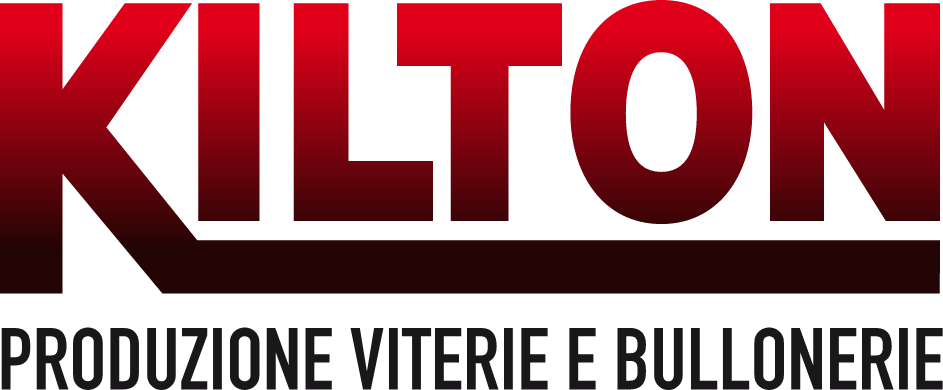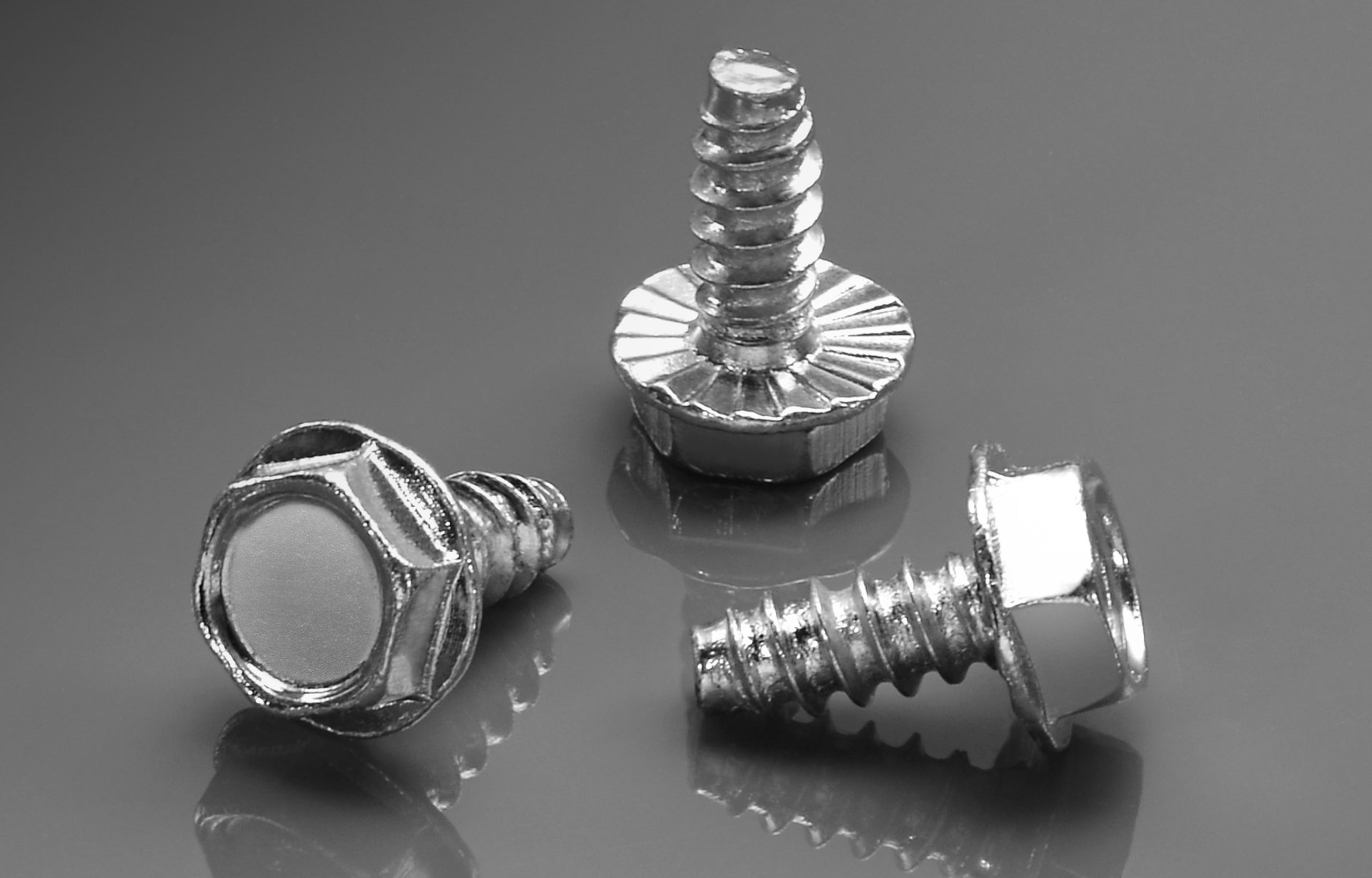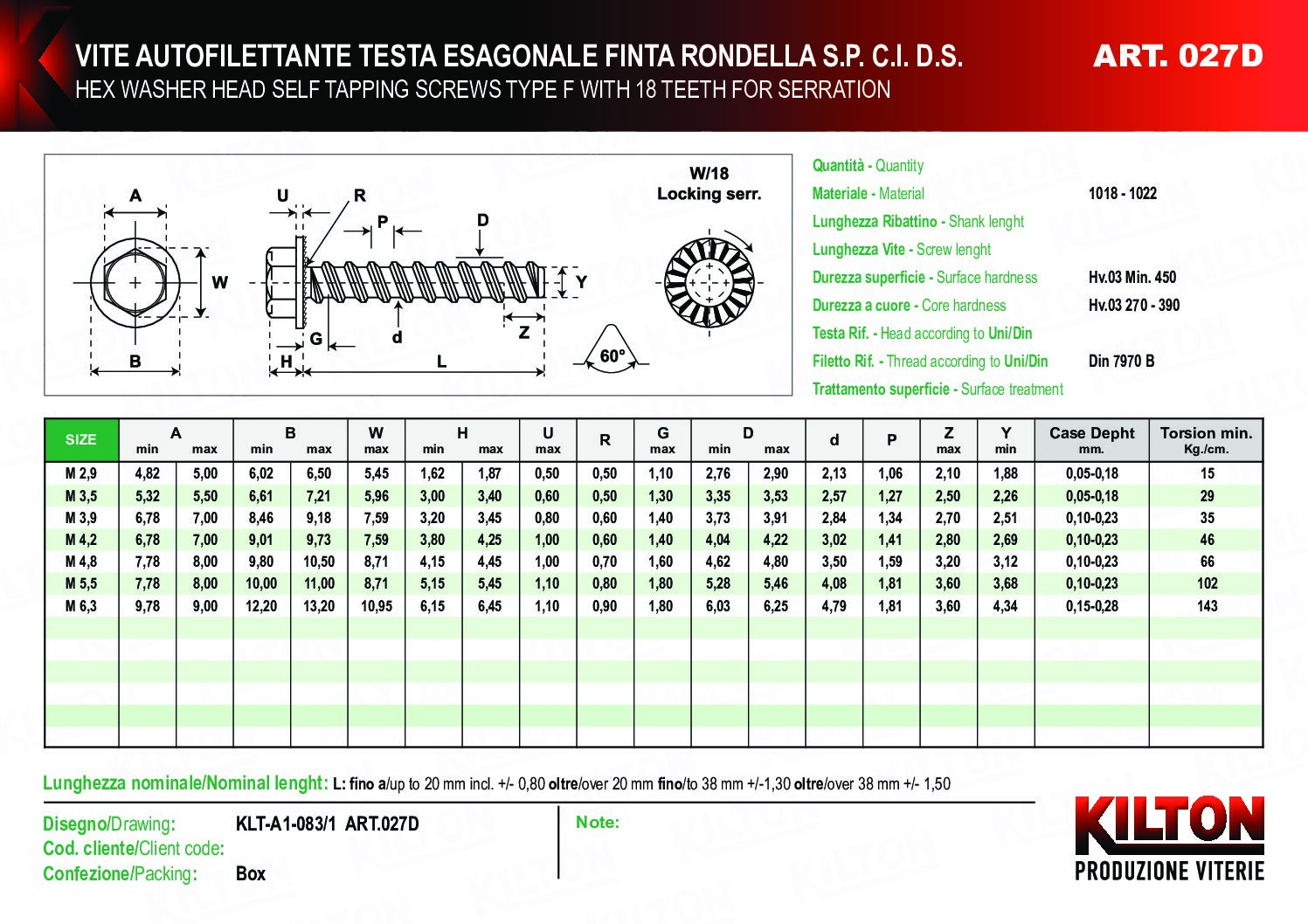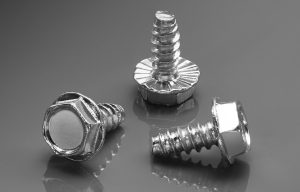027D
HEX WASHER HEAD SELF TAPPING SCREWS 18 SERRATION TYPE F
The underhead knurling has two distinct functions. Once the screw has been tightened, the indentation causes the unscrewing torque used to be greater, making the fixing more stable in all those applications which are subjected to movements and / or vibrations during their use. In the electric field, however, the indentation scrapes the surface of the metal, effectively creating connectivity with the material where grounding is required. However, it must be taken into account that the serration can never replace the tightening of a screw with the serrated washer, which is much more performing in itself.
Self-tapping screws without a tip find particular application in pass-through positions, where the screw protrudes from the fixed plates and you want to avoid the risk of accidental injuries caused by the tip coming out. They are therefore accident-prevention in that they reduce the possibility of accidental cuts with the tip even during various maintenance operations.
Compared to the cross recess, the hexagonal head guarantees the possibility of applying a higher tightening torque without the risk of the insert coming out. It is particularly suitable for diameters from 4.8 upwards.
The length of the screw is measured from the tip to the underhead.
UNI 6950/B - DIN 6928/F
Self-tapping screws are mainly used for screwing on metal sheets and laminates through simple drilling, without threading or tapping operations. These screws are not particularly suitable for use on die-cast materials and plastic materials. For a safe and stable screwing, particular attention must be paid to the diameter of the hole to be drilled. A small hole in which the screw "forces" to enter is certainly not synonymous with greater guarantee in fixing. It should also be remembered that the existing tables are empirical and only give an indication of perforation, but they are not a certain rule, as the fixing must be checked from time to time according to the technical-mechanical conditions of the particular that will be tighten.
